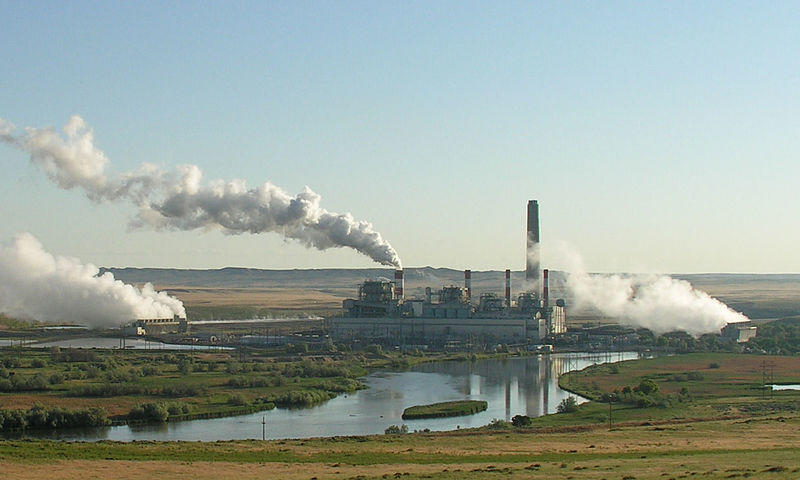What is beryllium?
Beryllium is a metal that is found in nature, especially in beryl and bertrandite rock. It is extremely lightweight and hard, is a good conductor of electricity and heat, and is non-magnetic. Because of these properties, beryllium is used in high-technology consumer and commercial products, including aerospace components, transistors, nuclear reactors, and golf clubs.
How are people exposed to beryllium?
Most exposures to beryllium that cause disease are related to beryllium processing. The major route of human exposure is through airborne particles of beryllium metal, alloys, oxides, and ceramics. Beryllium particles are inhaled into the lungs and upper respiratory tract. Hand-to-mouth exposures and skin contact with ultrafine particles can also occur.
Although beryllium occurs in nature, the major source of its emission into the environment is through the combustion of fossil fuels (primarily coal), which releases beryllium-containing particulates and fly ash into the atmosphere.
Which cancers are associated with exposure to beryllium?
An increased risk of lung cancer has been observed in workers exposed to beryllium or beryllium compounds.
How can exposure be reduced?
The U.S. Occupational Safety & Health Administration has information about preventing adverse health effects from exposure to beryllium on the job.
Selected References:
- Agency for Toxic Substances and Disease Registry. Toxic Substances Portal - Beryllium. Atlanta, GA: Centers for Disease Control and Prevention, 2014. Available online. Last accessed June 5, 2024.
- International Agency for Research on Cancer. Beryllium and Beryllium Compounds, IARC Monographs on the Evaluation of Carcinogenic Risks to Humans, Volume 100C. Lyon, France: World Health Organization, 2012. Available online. Last accessed August 6, 2024.
- National Institute of Occupational Safety and Health. Beryllium and Beryllium Compounds, NIOSH Pocket Guide to Chemical Hazards. Atlanta, GA: Centers for Disease Control and Prevention, 2010. Available online. Last accessed January 31, 2019.
- National Toxicology Program. Beryllium and Beryllium Compounds, Report on Carcinogens, Fifteenth Edition. Triangle Park, NC: National Institute of Environmental Health and Safety, 2021. Available online. Last accessed December 8, 2022.
